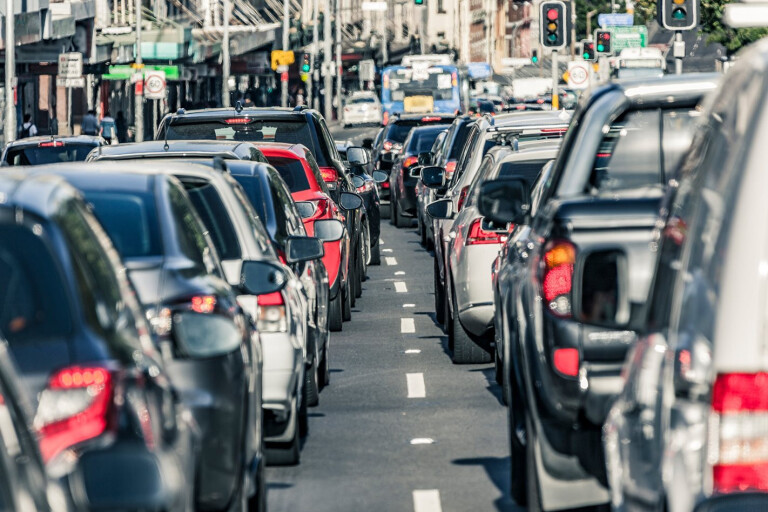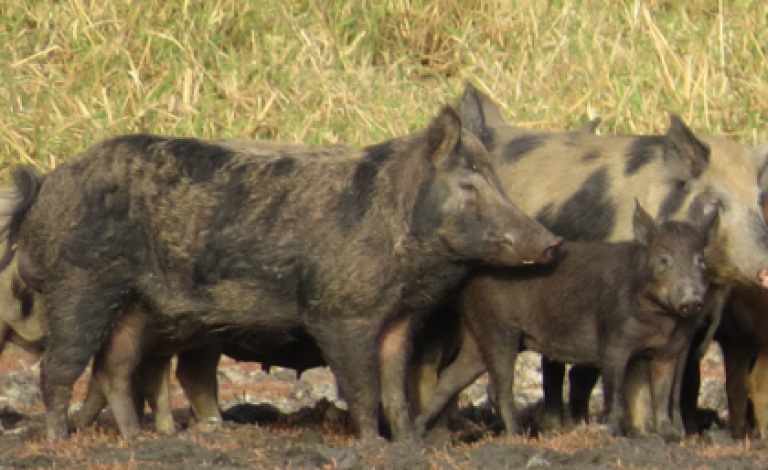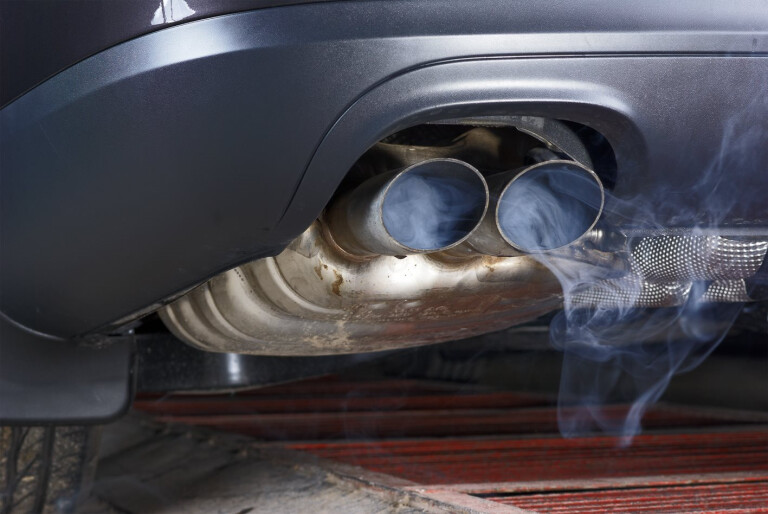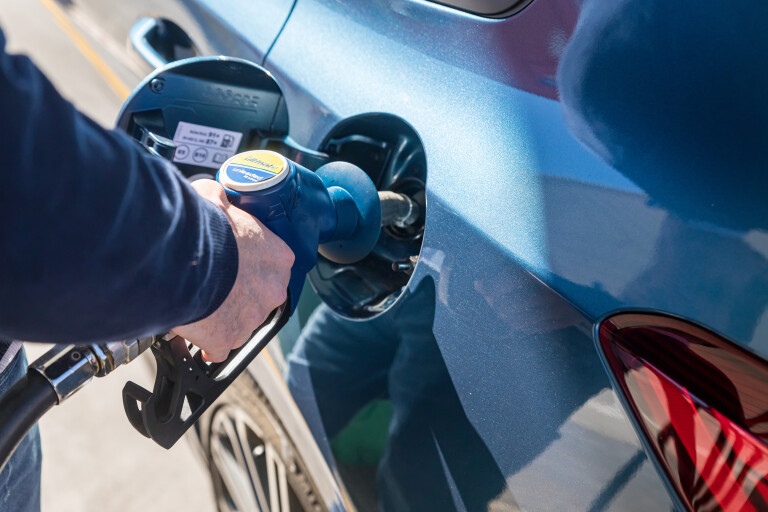
Snapshot
- Wild pigs blamed for churning up CO2 from soil
- Damage caused to the climate equivalent to emissions from 1.1million cars
Feral pigs around the globe are releasing the same carbon dioxide emissions every year as the equivalent of more than one million cars, according to a new study.
Researchers at The University of Queensland and The University of Canterbury have been looking at the climate damage wild pigs have been causing across five continents by using predictive population models, coupled with advanced mapping techniques.
By uprooting carbon trapped in soil, the pigs are releasing around 4.9 million metric tonnes of carbon dioxide annually across the globe, the same as 1.1 million cars.
Dr Christopher O’Bryan from the University of Queensland said the ever-expanding population of feral pigs could be a significant threat to the climate.

“Wild pigs are just like tractors ploughing through fields, turning over soil to find food,” he said.
“When soils are disturbed from humans ploughing a field or, in this case, from wild animals uprooting, carbon is released into the atmosphere.”
The expert explained that since soil contains nearly three times as much carbon than in the atmosphere, even a small amount being dug up has the potential to accelerate climate change.
“Our models show a wide range of outcomes, but they indicate that wild pigs are most likely currently uprooting an area of around 36,000 to 124,000 square kilometres, in environments where they’re not native,” Dr O’Bryan added.
“This is an enormous amount of land, and this not only affects soil health and carbon emissions, but it also threatens biodiversity and food security that are crucial for sustainable development.”

In 2017, the average combined CO2 emissions for a new light vehicle sold in Australia was 182 grams per kilometre, according to the Government’s Green Vehicle Guide.
Meanwhile, in 2019 the Federal Chamber of Automotive Industries (FCAI) said improving our fuel quality would offer a “three to five per cent” improvement on CO2 performance “overnight”.
The high presence of sulphur in our fuel, among other factors, means we’re missing out on cars with more advanced petrol engines which produce lower emissions.
Manufacturers claim they can’t import their best engines in large numbers due to the cars already being optimised to run on premium unleaded petrol with 10 parts per million (ppm) of sulphur as is the case in Europe.
Under current regulations, Australia’s premium unleaded can have up to 50ppm of sulphur, and regular unleaded can contain up to 150ppm.

Currently Australia’s vehicle emissions standard for petrol is comparable to the Euro 5 which Europe stopped using six years ago.
Although our diesel is already equivalent to Euro 6, with new Euro 7 regulations set to come into effect in 2025 the Federal Government is only now catching up with a ‘Fuel Security Services Payment’ starting on July 1.
It recently announced the payment will prop up the country’s two remaining on-shore oil refineries in Brisbane and Geelong with a $2billion package committing them to staying open until at least the end of June 2027, or even better, until mid-2030.
By offering the Ampol and Viva-run facilities 1.8 cents for each litre they produce until then, the Government aims to beef-up the nation’s fuel security, ensuring Australia does not become 100 per cent reliant on imported products.

Crucially, part of this deal also involves a subsidy to the tune of $302million for said refineries to upgrade their infrastructure to produce cleaner fuel, matching the current world’s best practice of 10ppm of sulphur for unleaded petrol by 2024. The deadline has been brought forward three years from the previous target of 2027.
Although, according to leading climate change think tank the Grattan Institute, it would be impossible for Australia to reach its goal of net zero carbon emissions by 2050 without phasing out internal combustion engine cars (ICE) by 2035, even if the country has started to make efforts to improve our quality of fuel.
Phasing out and ultimately banning the sale of ICE vehicles by 2035 will be the best way to achieve the net zero target, with the Grattan Institute report suggesting Australia needs to fall in line with plans already put forward by the European Union and Canada.
COMMENTS